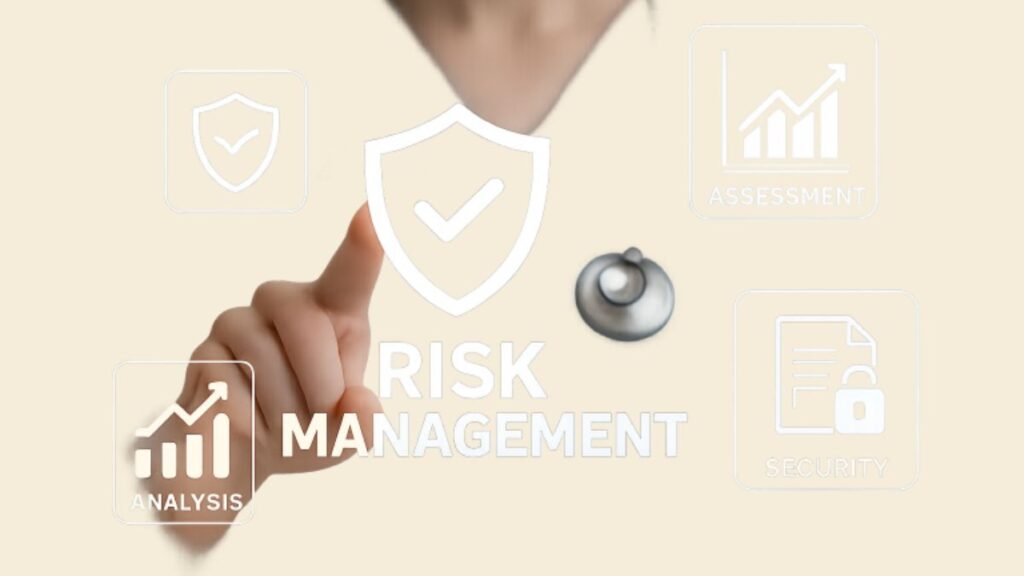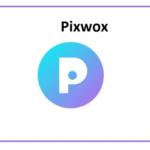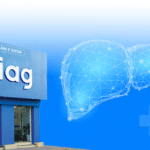As healthcare rapidly evolves, effective risk management becomes increasingly essential for both patient safety and organizational resilience. Proactively identifying, analyzing, and mitigating risks not only maintains regulatory compliance but also safeguards against unforeseen disruptions. Today’s healthcare leaders face fresh challenges that demand adaptive strategies and partnerships to maintain a safe and reliable care environment.
Amid digital transformation, rising cyber threats, and complex regulations, risk management is no longer just an operational necessity but a vital driver of healthcare quality and sustainability. Partnering with a reliable medical insurance company can further strengthen a provider’s ability to manage financial exposure, ensuring stability in the face of unforeseen challenges. Leveraging advanced technology, reinforcing supply chains, and embedding new approaches are at the core of modern risk strategies. In this article, we examine the latest trends influencing risk management in healthcare and outline practical approaches for 2024 and beyond.
AI Integration in Risk Management
Artificial Intelligence (AI) is redefining healthcare risk management by enhancing the ability to detect threats, automate complex processes, and respond quickly. Today’s AI-driven systems identify patterns across large datasets, flagging anomalies such as potential patient safety events or operational lapses. Hospitals are increasingly using AI tools to analyze electronic health records, detect adverse trends early, and even identify cybersecurity threats like malware and phishing. Integrating AI into risk management streamlines compliance and documentation, reducing the human workload and enabling staff to focus on patient care.
Supply Chain Resilience
The intricate web of global suppliers in healthcare is susceptible to disruptions, ranging from raw material shortages to logistics failures, making robust supply chain risk management critical. Leading health systems are now implementing digital inventory systems, sophisticated analytics for demand forecasting, and contingency planning to prepare for sudden shocks. Supplier diversification and onshoring key elements of the supply chain are rising trends aimed at mitigating risk exposure. Transparency and traceability, often enabled by the adoption of blockchain technology, are strengthening the agility of healthcare supply chains.
Cybersecurity Enhancements
Healthcare remains a top target for cybercriminals, making robust cybersecurity a crucial component of effective risk management. Investments in next-generation endpoint protection, network segmentation, and AI-powered threat detection are accelerating. Security strategies now include regular penetration testing, multi-factor authentication, and continuous governance frameworks to swiftly address vulnerabilities.
More organizations are also training staff to recognize phishing attempts and mitigate insider threats, which often serve as the initial attack vector. According to the U.S. Department of Health & Human Services, breaches are projected to rise, reinforcing the urgency for healthcare providers to upgrade their cybersecurity infrastructure and protocols.
Regulatory Compliance and ESG Considerations
Healthcare organizations must stay on top of evolving regulations across privacy, clinical safety, financial auditing, and ESG (Environmental, Social, and Governance) standards. Regulatory complexities require dedicated risk management teams, the implementation of compliance platforms, and periodic external audits to ensure alignment with both local and federal requirements.
ESG integration is gaining prominence as investors, patients, and regulators expect more transparent and accountable care delivery. Hospitals that adopt ESG principles—from reducing carbon footprints to ensuring equitable patient access—are better equipped to mitigate reputational, operational, and legal risks.
Predictive Analytics and Machine Learning
Predictive analytics and machine learning are crucial for anticipating demand surges, identifying patients at risk, and allocating resources effectively. Real-time data can forecast outbreaks of infectious diseases, emergency room surges, or supply shortages. Machine learning models sift through historic and live data to power early-warning systems, ensuring clinicians and administrators can intervene before small risks escalate.
This approach not only improves outcomes and patient satisfaction but also reduces overall health system costs and liability exposures.
Telehealth and Remote Monitoring
The shift to telehealth and remote patient monitoring has offered new ways to expand care access and reduce costs—but brings its own risk management demands. Secure data transmission, privacy safeguards, and robust access controls are now integral to telehealth platforms. Continuous monitoring systems must ensure uptime and data integrity to avoid safety lapses during virtual care.
Telehealth risk management encompasses everything from user training and technology assessments to regular updates that address emerging security flaws. This emerging frontier is transforming where and how care is delivered, pushing risk managers to reevaluate protocols in a digital-first ecosystem.
Blockchain for Data Security
Blockchain technology provides a decentralized, transparent, and immutable framework for securing healthcare data. Through the use of distributed ledgers, patient records and transactional data remain tamper-resistant—driving trust and security across all stakeholders.
Blockchain’s transparency makes it easier to manage consent, track information flows, and comply with stringent privacy regulations, such as HIPAA. This technology also facilitates secure collaboration across disparate organizations—a crucial advantage in cross-provider patient journeys and public health emergencies.
Financial Risk Management
Financial health faces pressures from rising costs, labor shortages, and reimbursement shifts. Hospitals are creating pricing buffers, launching cost programs, and using actuarial science to diversify risks. Predictive modeling forecasts budget issues and guides risk pooling or insurance use. Success in healthcare risk management depends on investing in technology, supply chain adaptation, cybersecurity, and compliance. Staying ahead of trends helps organizations mitigate risks and improve care in 2024 and beyond.
Conclusion: Building a Future-Ready Healthcare Risk Strategy
The evolving landscape of healthcare risk management demands a proactive, technology-driven approach. By integrating AI, predictive analytics, blockchain, and advanced cybersecurity measures, healthcare organizations can anticipate threats before they escalate and maintain operational continuity. Strengthening supply chain resilience, prioritizing ESG accountability, and enhancing financial and compliance frameworks create a more stable and transparent system. As digital transformation accelerates, success depends on combining innovation with ethical governance and patient-centered values. A forward-looking risk management strategy not only protects institutions from disruption but also elevates care quality, safety, and trust across the healthcare ecosystem.






